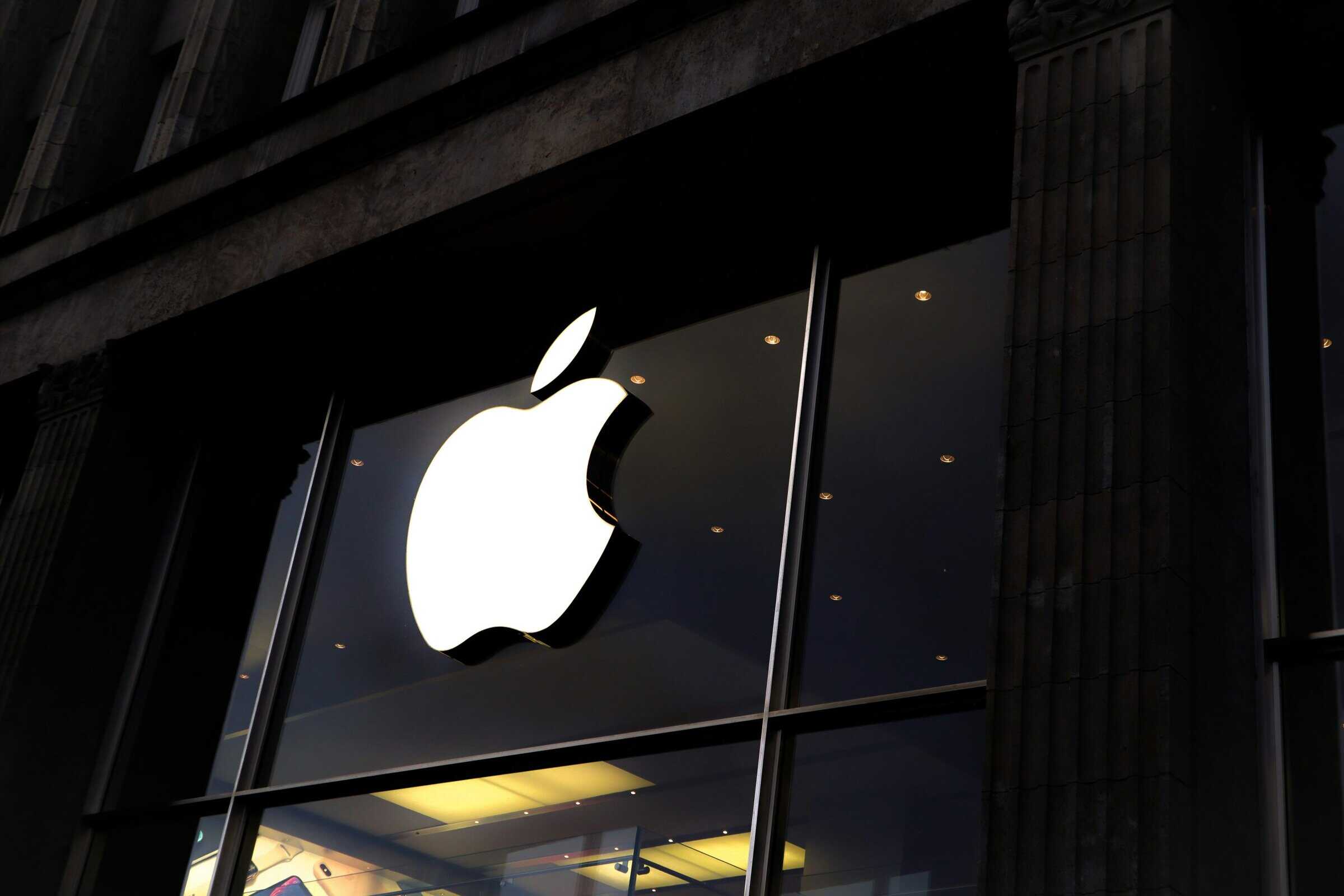The news that Formula 1 will be leaving ESPN and moving its U.S. broadcast home to Apple TV in 2026 is a major shake-up for American fans, and I have to admit, I’m not thrilled. For years, ESPN has provided a home where F1 coverage feels both accessible and exceptional, thanks in no small part to its simulcast of Sky Sports. That partnership brought U.S. viewers some of the most polished, engaging and technically insightful broadcasts anywhere in the world. Sky’s commentary team, with its blend of driver expertise, strategy breakdowns and storytelling flair, elevated every race. Watching F1 on ESPN made the sport so much more accessible for the U.S. fans. It made F1 feel like an event you couldn’t miss and it made it easy for both casual viewers and hardcore fans to follow along.
Moving to Apple TV threatens to disrupt all of that. My experience with Apple TV’s sports broadcasts, particularly MLB, has been underwhelming. The platform is sleek and technologically sophisticated, but it often feels cold and impersonal. There’s polish, yes, but it lacks the warmth and excitement that make watching live sports feel communal. ESPN’s coverage, by contrast, has always balanced high production values with that exciting energy. Add in the Sky Sports simulcast, and you had something that, frankly, felt world-class. Apple TV will need to do more than just provide a streaming feed if it wants to match that experience.
There’s also the practical question of accessibility. ESPN is available on virtually every cable and satellite package, as well as through the ESPN+ streaming service. With ESPN+, you can arguably get more bang for your buck than you can on Apple TV. For a single subscription, fans gain access not only to F1 but also to college football, UFC, WWE, 30-for-30 documentaries, and a broad slate of other sports content. It’s a centralized hub for sports fans, offering variety, convenience, and value that a single-platform subscription like Apple TV might struggle to match. The idea of F1 being tucked behind another subscription layer makes it feel less like a shared spectacle and more like a premium, niche product for tech-savvy enthusiasts.
From a business perspective, the Apple TV deal makes sense. Apple has deep pockets and the ability to innovate; interactive graphics, behind-the-scenes content, or even personalized viewing features could bring something new to the broadcast experience. But potential isn’t reality. F1’s surge in popularity in the U.S. has hinged not just on accessibility, but on broadcasts that feel exciting, inviting, and engaging. Apple TV’s polished but sometimes sterile approach could dampen that excitement. Fans who discovered the sport on ESPN might be reluctant to follow it behind a new, less familiar platform.
At the end of the day, I remain cautiously pessimistic. Apple TV may well introduce innovations that redefine how we watch F1, but part of me will always miss ESPN’s combination of accessibility, Sky Sports simulcast brilliance, and human energy. Losing that is a tough pill to swallow, and it raises an important question: is platform prestige worth sacrificing the fan experience that helped F1 grow so rapidly in the U.S.? For now, I’ll continue watching with a wary eye, hoping that the excitement, tension, and storytelling that made me fall in love with F1 don’t get lost in the shift to Apple’s sleek, tech-first ecosystem.



